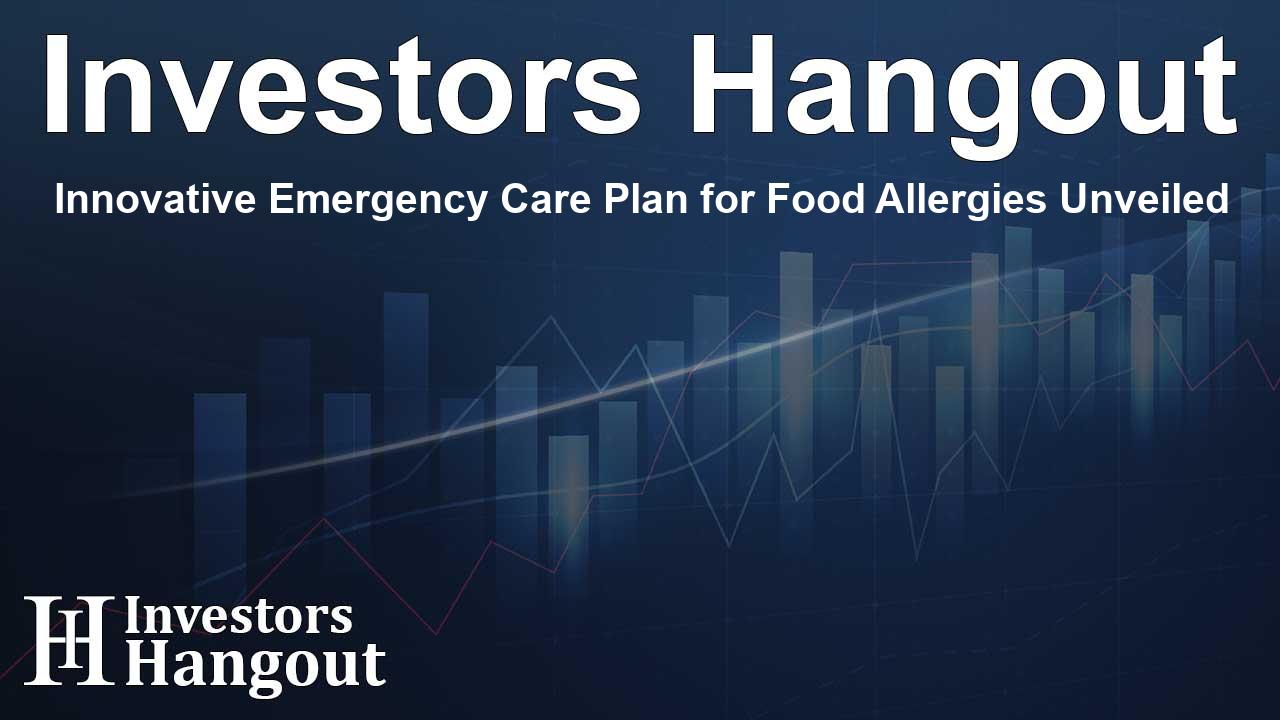Innovative Emergency Care Plan for Food Allergies Unveiled

New Approach to Food Allergy Management
The Asthma and Allergy Foundation of America (AAFA) introduces a groundbreaking Food Allergy Emergency Care Plan designed to empower individuals and families in managing allergic reactions effectively. This initiative aims not only to enhance personal care but also to significantly lower healthcare costs associated with emergency interventions.
Understanding the Impact of Anaphylaxis
Anaphylaxis is a severe reaction that can occur due to various triggers including food allergens, insect stings, and certain medications. It's a fast-acting condition that can affect multiple organ systems and requires immediate attention. Statistics indicate that food allergies lead to approximately 45,000 to 50,000 emergency room visits annually in the United States, emphasizing the need for effective management plans.
A Comprehensive Action Plan
AAFA’s newly validated action plan is the first of its kind to incorporate the most recent guidelines established in 2023. Designed with input directly from patients and parents, the plan outlines clear steps to recognize symptoms and administer treatments, providing vital information for both children under age 3 and older children and adults.
Clear Guidelines for Caregivers
The Food Allergy Emergency Care Plan equips caregivers with detailed instructions on how to observe symptoms, administer epinephrine correctly, and determine when professional medical assistance is needed. This clarity is crucial during a time of distress when every second counts.
Why This Change Matters
Historically, individuals were advised to always contact emergency services after administering epinephrine, even when their condition improved. New insights reveal that this approach was not cost-effective and often unnecessary, as fewer than 10% of patients require additional doses upon hospital arrival. The plan encourages individuals to monitor their symptoms post-treatment, providing an option to avoid unnecessary emergency visits when symptoms are resolving.
Flexibility in Emergency Responses
This new approach allows patients and caregivers to decide whether to observe at home or call for urgent help, based on the severity of the allergic reaction. It addresses the hesitancy many feel in administering epinephrine, offering guidance on when to seek further assistance and when they can safely wait.
Conclusion: A Life-Saving Resource
The bottom line is clear: anyone experiencing signs of anaphylaxis should use epinephrine immediately. It acts swiftly, allowing affected individuals to avoid severe complications. After administering the medication, AAFA's Food Allergy Emergency Care Plan helps guide individuals through their next steps, establishing whether it's best to monitor their condition or contact emergency services.
Frequently Asked Questions
What is the purpose of the Food Allergy Emergency Care Plan?
The plan helps individuals and caregivers recognize signs of anaphylaxis and determine the appropriate steps to manage the condition effectively.
Who developed this emergency care action plan?
AAFA collaborated with leading anaphylaxis experts, patients, and caregivers to create a comprehensive resource based on the latest guidelines.
How often do emergency room visits occur for anaphylaxis due to food allergies?
Food allergies are responsible for approximately 45,000-50,000 emergency room visits each year in the U.S.
What should be done after administering epinephrine?
After using epinephrine, it's crucial to follow the guidelines in the Food Allergy Emergency Care Plan to assess symptoms and decide on further medical care.
How can families access this action plan?
The Food Allergy Emergency Care Plan is available for download at aafa.org/allergyplan in multiple languages, ensuring accessibility for diverse communities.
About The Author
Contact Addison Perry privately here. Or send an email with ATTN: Addison Perry as the subject to contact@investorshangout.com.
About Investors Hangout
Investors Hangout is a leading online stock forum for financial discussion and learning, offering a wide range of free tools and resources. It draws in traders of all levels, who exchange market knowledge, investigate trading tactics, and keep an eye on industry developments in real time. Featuring financial articles, stock message boards, quotes, charts, company profiles, and live news updates. Through cooperative learning and a wealth of informational resources, it helps users from novices creating their first portfolios to experts honing their techniques. Join Investors Hangout today: https://investorshangout.com/
The content of this article is based on factual, publicly available information and does not represent legal, financial, or investment advice. Investors Hangout does not offer financial advice, and the author is not a licensed financial advisor. Consult a qualified advisor before making any financial or investment decisions based on this article. This article should not be considered advice to purchase, sell, or hold any securities or other investments. If any of the material provided here is inaccurate, please contact us for corrections.
